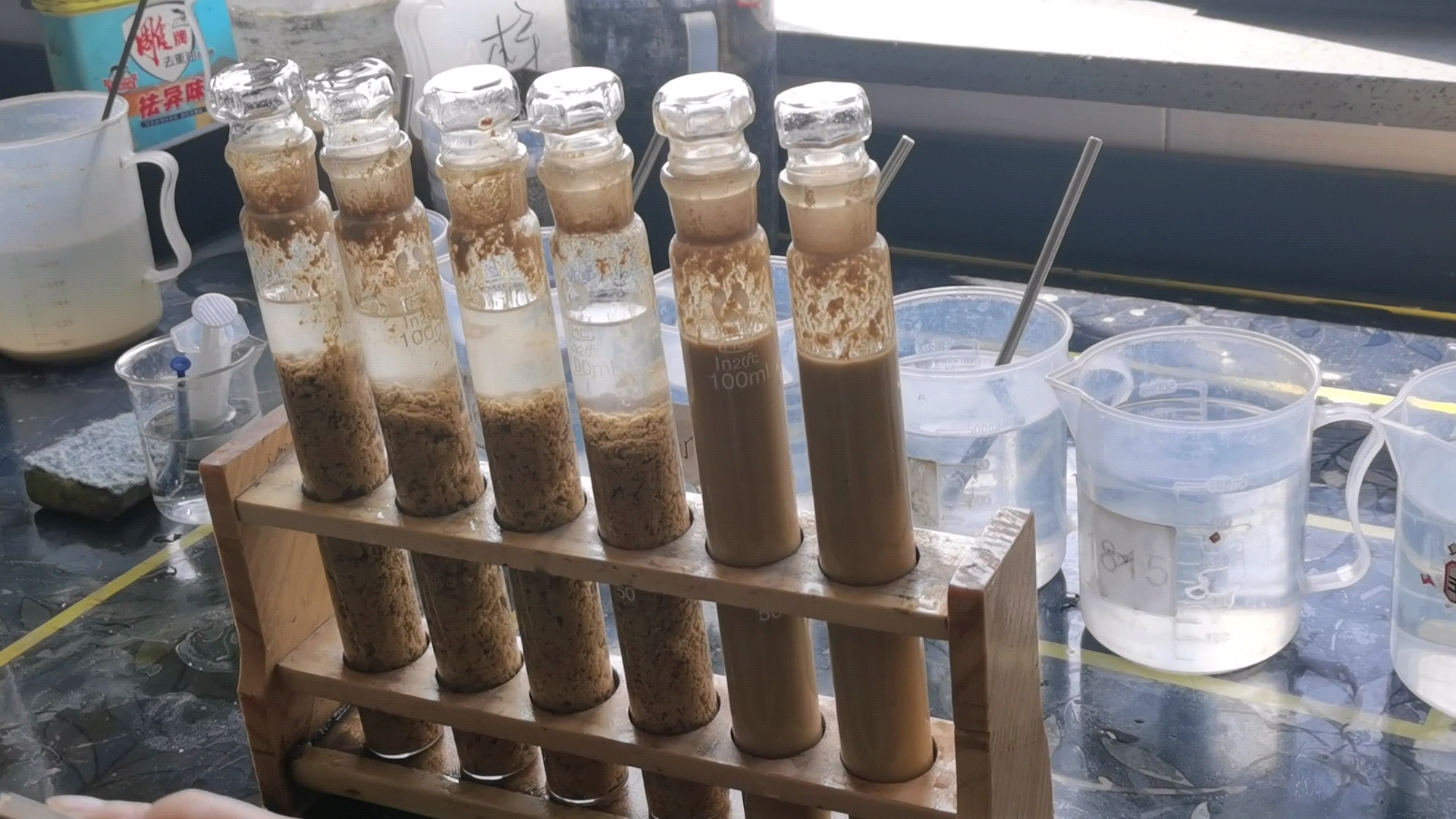Sewage Treatment White Granular Agent Polyacrylamide
White granular agent polyacrylamide for sewage treatment. White granular agent polyacrylamide in sewage treatment is widely used in sewage treatment, sludge dehydration, papermaking and other fields. This article will introduce in detail the overview, properties, and applications of polyacrylamide.
1. Overview of polyacrylamide
Polyacrylamide is a linear polymer, and its products are mainly divided into two forms: dry powder and colloid. According to its structure, it can be divided into nonionic, anionic, cationic and zwitterionic.
2. Properties of polyacrylamide
Solubility: Polyacrylamide is not easily soluble in water at room temperature, but gradually dissolves as the temperature increases. During the dissolution process, an appropriate amount of water needs to be added and stirred evenly.
Stability: Polyacrylamide has good stability under acidic or alkaline conditions and is not prone to hydrolysis or degradation.
Viscosity: Polyacrylamide has high viscosity, which can effectively improve the fluidity of sewage or sludge and facilitate subsequent treatment.
Flocculation: Polyacrylamide can effectively promote the settlement of suspended solids in sewage and improve water quality.

3. Application of polyacrylamide
Sewage treatment: Polyacrylamide can be used as a flocculant, thickener, etc. in sewage treatment to improve the efficiency and quality of sewage treatment.
Sludge dehydration: Polyacrylamide can be used as a sludge dewatering agent to effectively reduce the moisture content of sludge and facilitate subsequent treatment and disposal.
Papermaking: Polyacrylamide can be used as an additive in the papermaking process to improve paper quality and output.
Precautions when using polyacrylamide
1. Use clean water to dissolve the flocculant, and make sure the water does not contain copper. (Generally, tap water can be used)
2. The equipment for dissolving medicine cannot be made of carbon steel, pig iron, or copper. It is recommended to use plastic, stainless steel, or those with anti-corrosion coating on the surface.
3. When dissolving the medicine, the medicine cannot be put into the medicine pool at one time. Water must be added first and then sprinkled evenly into the water.
4. When adding medicine on site, be careful not to spill the medicine on the ground. If there is any spillage, please rinse it with plenty of water.
